Thangalaan: Pa Ranjith's Latest Has Solid Vision, But Not So Great Execution
Tamil Prabha and Ranjith’s script is epic and ambitious. If Natchathiram Nagargiradhu is Ranjith’s most experimental work, Thangalaan is probably his wildest swing.
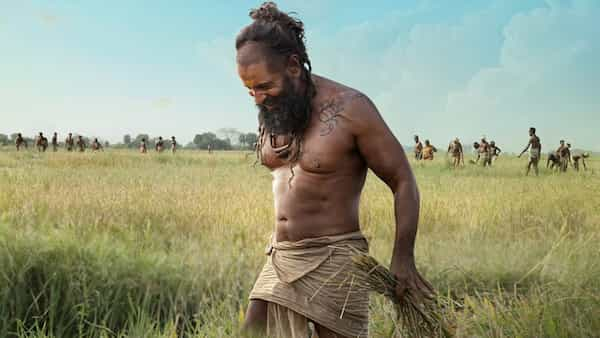
Last Updated: 07.50 PM, Aug 15, 2024
IN THANGALAAN, Pa Ranjith travels back in time to mid-19th century — 1850 to be precise — Veppur in North Arcot. Time travel is not the only fantastical element in Thangalaan. The story too has its share of fantasy with a dash of myth, legend and magic realism. Thangalaan (Vikram) narrates a not-really-bedtime story to his family: his wife Gangamma (Parvathy Thiruvothu) and three little kids. They are lying down under a cart; his eldest son is fast asleep on it. The story is about his ancestors who, in an attempt to win land, tried to mine gold from the area beyond an anthropomorphised elephant hill. But the legendary goddess Aarathi (Malavika Mohanan) and her mythical army of shadows put up a resistance. Aarathi was seemingly vanquished, with her belly cut open and the rushing blood turned into gold upon contact with the rocks. But now, the zamindars and the puppet kings make Thangalaan and his tribe work on their own land without wages or a share in the crop. And then along come the British, looking for gold in the place haunted by Aarathi.
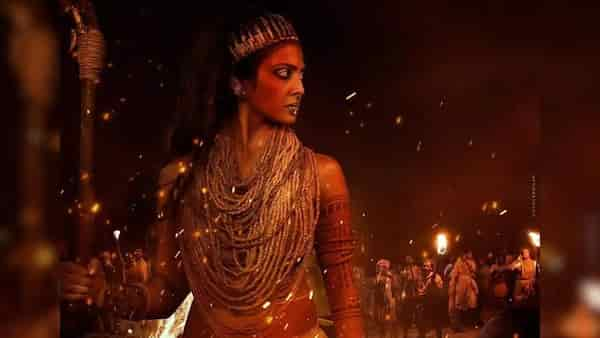
Tamil Prabha and Ranjith’s script is epic and ambitious. If Natchathiram Nagargiradhu is Ranjith’s most experimental work, Thangalaan is probably his wildest swing. The edit pattern is frantic and dialogues complex (in the original dialect). It is John Huston’s The Treasure of the Sierra Madre-meets-Selvaraghavan’s Aayirathil Oruvan. When the wealthy zamindar takes away their land and imposes more taxes, the British arrive in the form of Lord Clement (Daniel Caltagirone). No one has dared to go in search of gold in the cursed land, but he orders the tribesmen to accompany him on the expedition. With the crushing oppression of the rock pressing them against a hard place, they have no choice but to go.
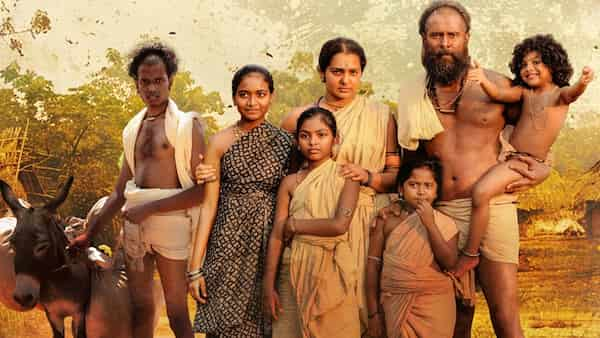
Thangalaan is kinetic in both good and bad ways. Ranjith is so committed to the chaotic energy in the script that the camera (cinematography by A Kishor Kumar and editing by Selva RK) swings, and the colours on Aarathi and her wraith-like defenders (consisting of people as well as serpents and panthers), dazzle. The camera is in constant motion: it moves between people standing still and arguing, it glides and zips across during the action scenes. But for the most part, the action is quickly cut and disorienting, especially when it is between the two tribes — one real, i.e. Thangalaan’s, and the other magical, Aarathi’s. Or is it?
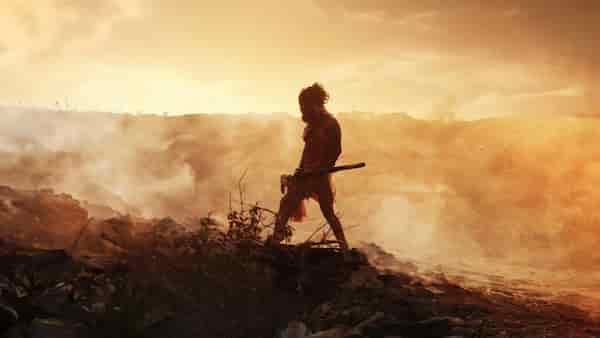
By now, it is clear Ranjith’s work as a filmmaker is an expedition in image making. He wants to show things on screen that have never existed before in Tamil cinema. Not monumental looking images but monumental in context. The forgotten or glossed over stories of the oppressed, the legends of the indigenous tribes and the mechanics of their daily lives. Thangalaan has its fair share of Ranjith documentation — a Buddha statue that becomes the fulcrum for Aarathi’s rage. One among the tribe (played by Pasupathy) stating that converting to Brahminism is the only way to escape the insidious varna system. An indigenous man on a horse, wearing colonial clothing, galloping proudly in front of the zamindar. A man in 1850 who understands that the Hindu caste system is more oppressive than the British. And Tamil women discovering new costumes and wearing a blouse for the first time. These are images Ranjith cares about and wants to put them up on screen, an undeniable exercise in representation.
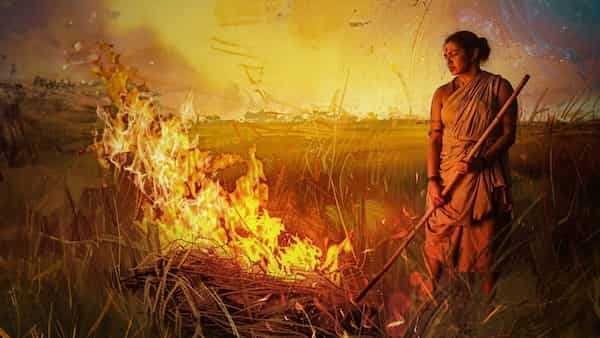
Every time they go near what they believe is gold or touch a rock formation, the land fights back. Ranjith and Tamil Prabha’s thesis lies in the history of land, land owning, and the people who suffer under its dominance. The tribe of Aarathi is land itself, one that protests its use and misuse. It is well imagined and, apart from shoddy visual effects with the animals, executed in a thrilling fashion. Gold is nothing but a stand-in for land. The writers borrow from Howard’s (Walter Huston in The Treasure of the Sierra Madre) little monologue. Why is gold treasured when it is good for only jewellery and teeth? He explains: a thousand men go in search of gold, and only one is lucky to find it. The labour of finding is not only that man’s but also that of the 999 who came before him. “An ounce of gold, mister, is worth what it is because of the human labour that went into the finding and the getting of it”. This is also something Ranjith wants his cinema to establish. The labour of the indigenous tribes that came long before us and built this land and everything upon it.

While this thesis and imagination is solid, the film falters beyond the first hour. After a point, the film runs empty, with only Vikram sinking his teeth into the role inspiring interest. For all its intellectual imagination, the film lacks a solid emotional thread. Thangalaan keeps throwing red herrings at us with the search for gold and we come around to the same events again and again. It is within parched land. A mini rebellion. It is inside this huge rock. Another mini rebellion and loss of lives. It is now in a cave, but the gold is fake. Another action sequence. The whole film loses steam with this cycle. GV Prakash’s loud background score that drowns out dialogues is a huge deterrent to following the plot. His vow against silence hurts the film. It might be a valiant scream, but Thangalaan becomes less and less interesting as it progresses.

 Premium
Premium